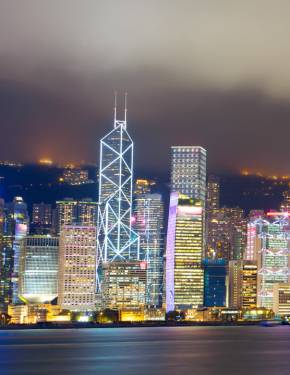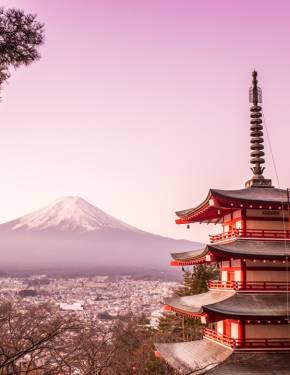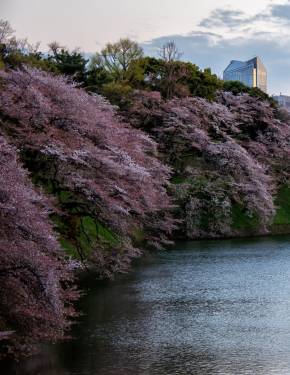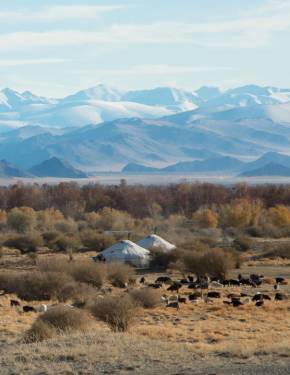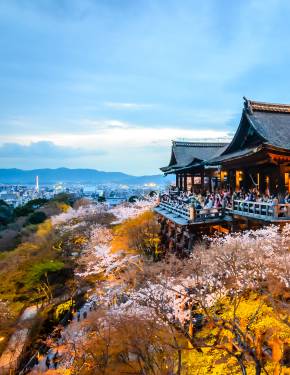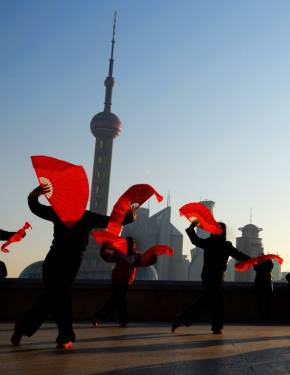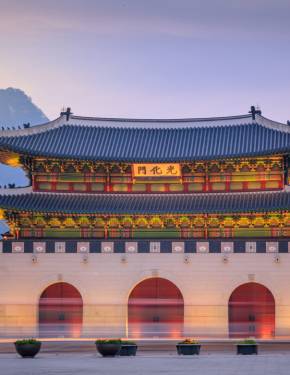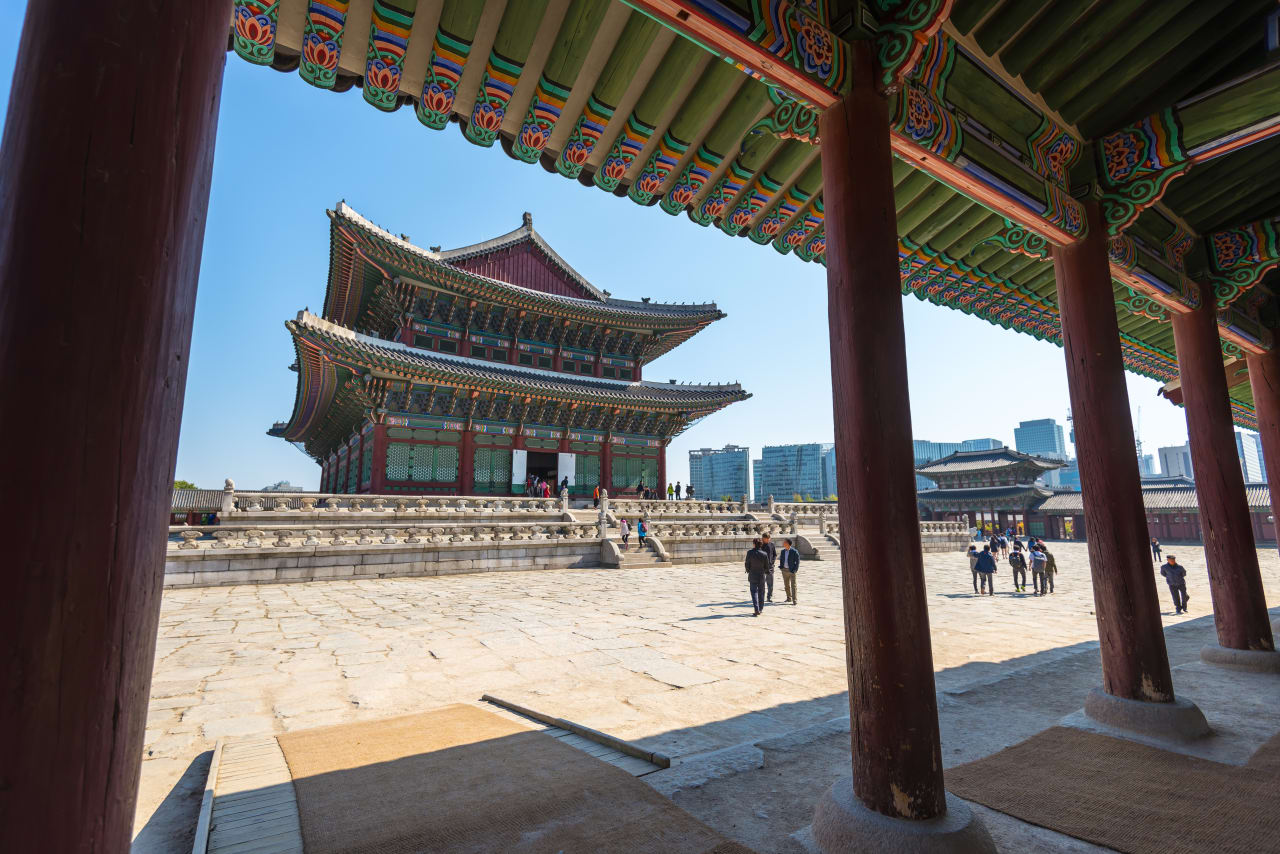
Best time to visit
42 things to do in Seoul
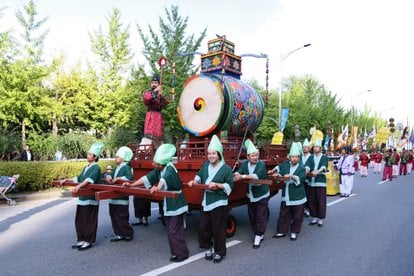
Hanseong Baekje Cultural Festival
This one-of-a-kind event showcases more than four centuries of history and culture for one of the historic Three Kingdoms of Korea
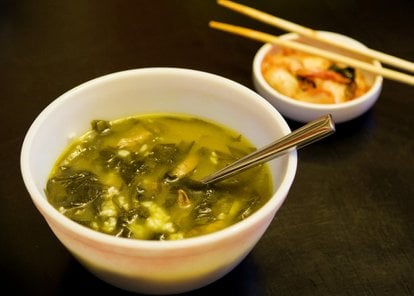
Seaweed Soup for Birthdays
The idea to eat seaweed after giving birth might have been borrowed from whales, today seaweed soup is also eaten for birthdays to honour mothers

Incheon Pentaport Rock Festival
This three-day music festival happens every August and brings in rock and electronic music enthusiasts from all corners of South Korea to one of the grandest live music affairs in the country
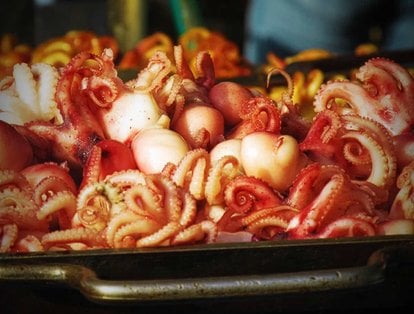
Jjukkumi
Top season occurs during the spring when the jjukkumi ("baby" octopus) is at its best and most tasty
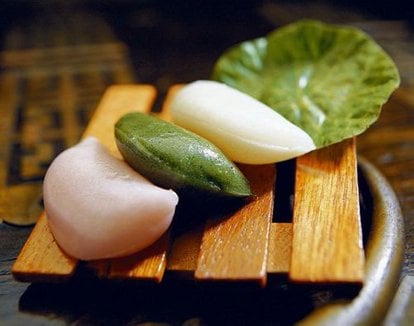
Songpyeon
Chuseok, or the Korean Thanksgiving, will not be complete without traditional Songpyeon, Korea's special rice cakes

Lotus Lantern Festival (Yeon Deung Hoe)
Established over 1,300 years ago, this annual Buddhist lantern festival brightens the hearts and skies of both Korea and the world

Ultra Korea Festival
A world-renowned music festival for electronic dance music enthusiasts, guaranteed to wake the party animal in everyone!
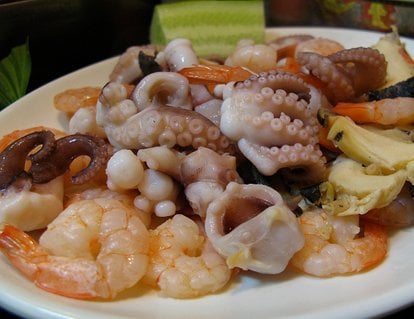
Seafood Season
Seafood lovers would be glad to visit Korea in fall when the best seafood is most abundant and always delicious!
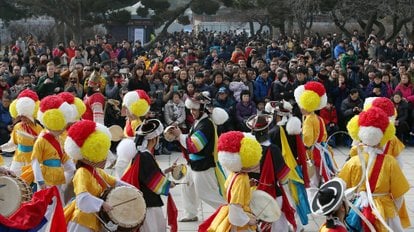
Lunar New Year
Seollal or Korean New Year is one of the most significant holidays celebrated throughout the country.

Spring
It is a good time to visit South Korea to soak in the fragrance and beauty of flowers and other abundant flora
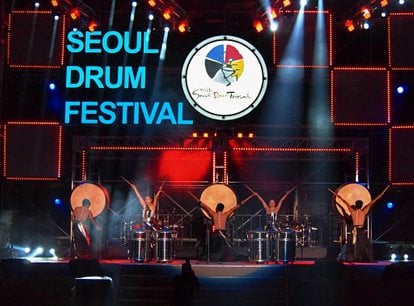
Seoul Drum Festival
Experience Korea's rhythm and percussion at the event, which promises an extraordinary fusion of talent and culture.
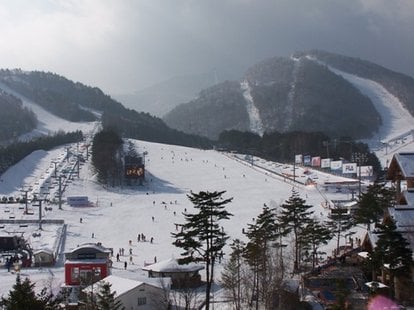
Skiing and Snowboarding in Seoul
Skiing is a popular winter sport in South Korea and there are several ski resorts situated just outside Seoul that offer great slopes and trails for all levels
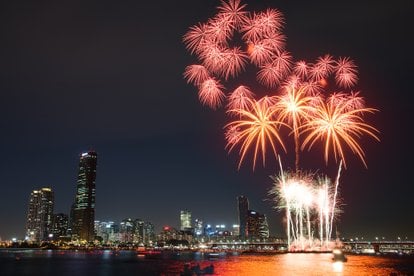
Seoul International Fireworks Festival
This one-night only, much sought-after fall event promises spectacular fireworks that elevate the city’s already vibrant skyline as well as a number of other exciting programs

Honour Guard Ceremony
A one-hour military demonstration that attracts approximately 300,000 viewers every year is surely something that may pique your interest
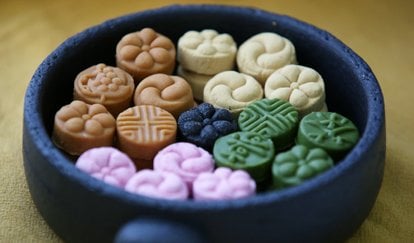
Hangwa
If you miss Chuseok festival in mid-September, your hunt for bright-coloured Korean confectionary won't be easy
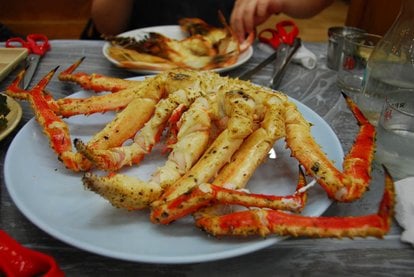
King Crab
Giant crabs are in season from February to mid-March in South Korea will certainly satisfy your seafood fancy!
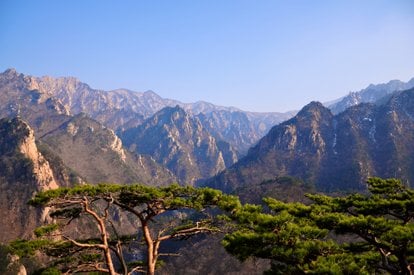
Hiking High Season
The numerous mountains of Korea are home to gorgeous treks, Buddhist temples, cute squirrels, and other forest critters
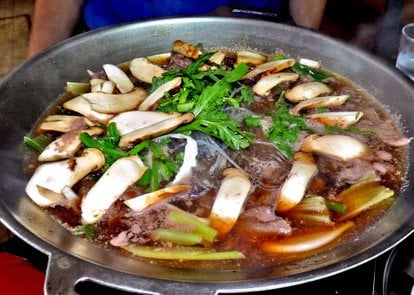
Pine Mushrooms (Songi)
Pine mushrooms are treasured in Korea not just for their subtle flavour and limited availability, but also as cancer preventors
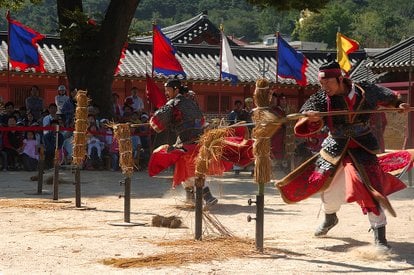
Korean Martial Arts Demonstrations
Watch and learn Taekwondo from the country of its birth and discover its ancient lesser known counterpart Taekkyon
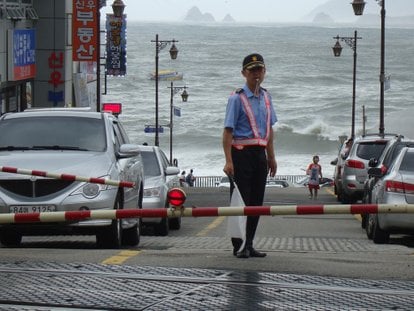
Monsoon Season
Even though Japan and China do a great job protecting Korea from natural disasters, a typhoon or two may still sometimes reach South Korea

Cosmos Blooming
During spring and autumn, beautiful cosmos flowers are in full bloom, providing a remarkable backdrop for photography

Jongmyo Daeje
A traditional parade to honour Korea’s royal ancestors that showcases vibrant costumes, elaborate rituals, and cultural performances.
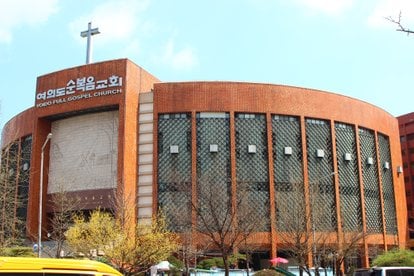
Attend the Megachurch
World's largest Protestant church with 800,000 members is listed in the Guinness Book of World Records
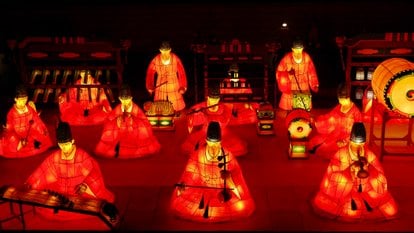
Seoul Lantern Festival
Over 100,000 vibrantly-coloured lanterns illuminate the Cheonggyecheon Stream
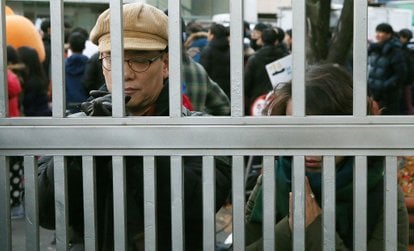
Suneung Entrance Exam Fever
On the examination day, friends and parents gather at school gates to pray for examinees and cheer them up—all want to pass the exam with a perfect score
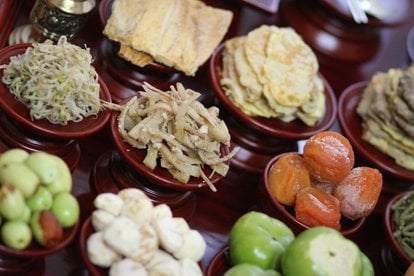
Chuseok (Harvest Moon Festival)
Chuseok is the Korean version of American Thanksgiving—an important holiday, when locals leave for grandma's house in the countryside to follow ancient traditions and, most importantly, to feast on abundant homemade delicacies
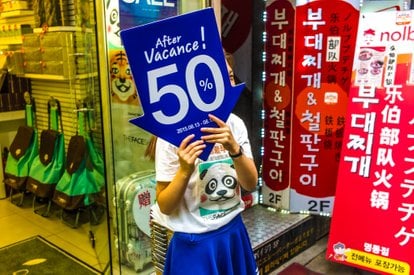
Seoul Summer Sale
Don't get tricked into thinking that this is just an ordinary summer sale, Seoul offers a really special month for the shopaholics
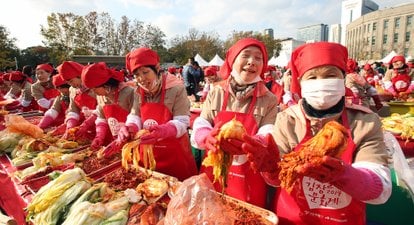
Seoul Kimchi Festival
Kimjang is a Korean custom where the whole community comes together to make large amounts of kimchi to last throughout winter
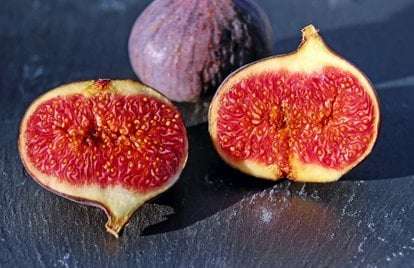
Figs
Korea bears juicy figs, distinguished by their sweet flesh and pleasant texture
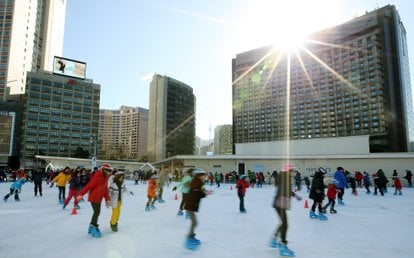
Seoul Ice Skating Rinks
More than 200,000 people flock to Seoul Ice Skating Rinks during winter to enjoy the cold outdoors breeze
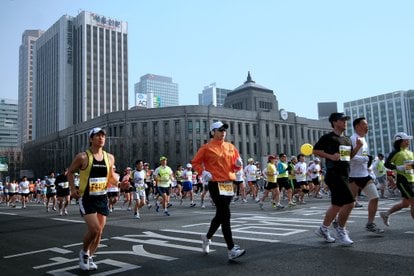
Seoul International Marathon
Join an iconic race that weaves through the historic and vibrant streets of South Korea's capital
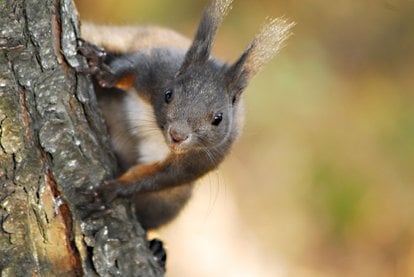
Watch Squirrels and Chipmunks
According to a local belief, meeting one of these little fellows can bring you luck

Hangang Yeouido Spring Flower Festival
Every spring, about 1,700 King Cherry trees blossom on Yeouido Island in a spectacle not to be missed

Fugu (Puffer Fish or Blowfish)
Every year six people die from eating this fish. If you get thrills from life risks, you are welcome to challenge your fortune
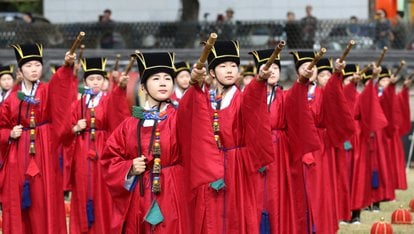
Sajik Daeje
The Great Rite for the Gods of Earth and Agriculture feast features history, culture, music, and dancing in one big celebration
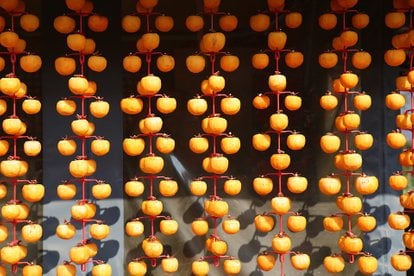
Persimmon Harvest and Gotgam Making
Fresh juicy persimmon is good, but dried fruit ('gotgam') might appeal to you even more
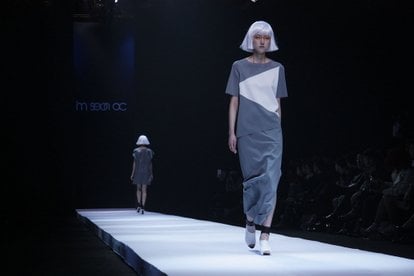
Seoul Fashion Week
Immerse yourself into unconventional South Korean design sensibility

Fake Funerals
How about discovering the joy and meaning of life through experiencing your own fake funeral?

Seoul POPCON
Korea's largest convention of pop culture and entertainment industry
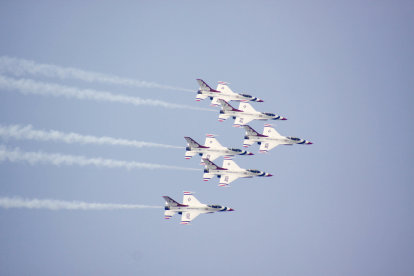
Seoul International Aerospace and Defense Exhibition (ADEX)
One of the most important aviation events in Asia

Seoul Jazz Festival
Top jazz festival in Asia and one of the largest annual music events in South Korea



